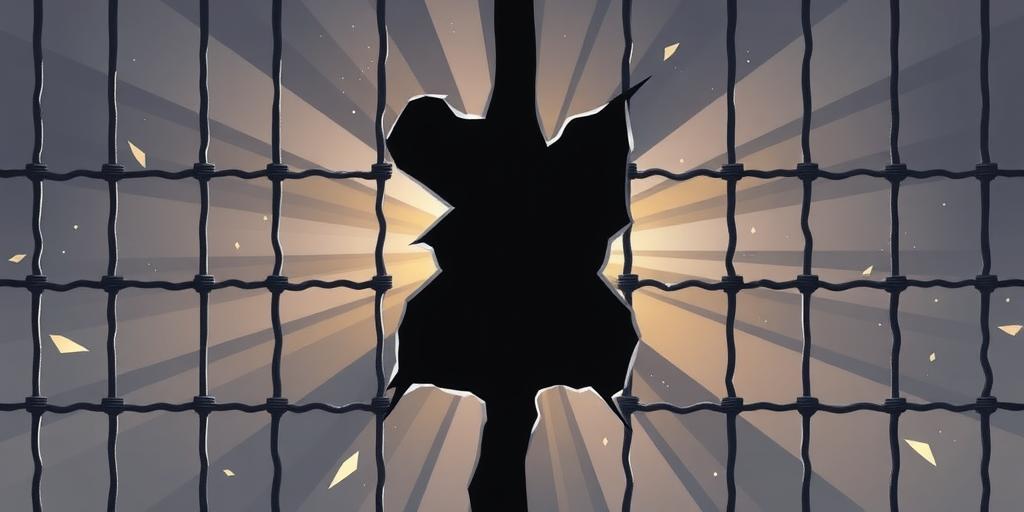Iran's Digital Iron Curtain: Tools and Citizen Resistance Tactics
Iran has implemented increasingly strict internet censorship, creating a 'digital iron curtain' that limits citizens' access to information and communication. This article explores the tools used by the Iranian government to control online activity and the tactics employed by citizens to circumvent these restrictions.
Government Censorship Tools
Deep Packet Inspection (DPI): The Iranian government utilizes DPI technology to analyze and filter network traffic. This allows them to identify and block access to specific websites, applications, and content based on keywords, URLs, or other identifying characteristics.
National Information Network (NIN): The NIN is a domestically controlled internet infrastructure designed to operate independently of the global internet. By routing Iranian internet traffic through the NIN, the government can exert greater control over content and monitor user activity.
VPN Blocking: Virtual Private Networks (VPNs) are a common tool for circumventing censorship, but the Iranian government actively blocks VPN servers and protocols. This makes it more difficult for citizens to access uncensored content.
Social Media Filtering: Popular social media platforms like Facebook, Twitter, and YouTube are blocked in Iran. While some officials maintain accounts on these platforms, ordinary citizens are prohibited from accessing them without using circumvention tools.
Citizen Resistance Tactics
VPNs and Proxy Servers: Despite government efforts to block them, VPNs and proxy servers remain popular tools for accessing blocked content. Citizens often rely on a combination of free and paid services to maintain access.
Tor Network: The Tor network provides anonymity by routing internet traffic through a series of relays, making it difficult to trace user activity. While slower than VPNs, Tor is a valuable tool for activists and journalists seeking to protect their identity.
Psiphon: Psiphon is a censorship circumvention tool that uses a variety of techniques, including VPN, SSH, and HTTP Proxy, to bypass internet filters. It is designed to be easy to use and is available for Windows, Android, and iOS.
Bridge Technologies: Bridge technologies, such as obfsproxy, are designed to obfuscate VPN traffic, making it more difficult for censors to detect and block. These tools help users to maintain access to VPNs even when they are being actively blocked.
Decentralized Social Networks: Some Iranian citizens are experimenting with decentralized social networks like Mastodon and Diaspora, which are more resistant to censorship due to their distributed nature.
Impact and Challenges
Iran's digital iron curtain has had a significant impact on citizens' access to information and freedom of expression. While circumvention tools provide a means of resistance, they are constantly under threat from government countermeasures. The ongoing struggle between censorship and circumvention highlights the importance of digital freedom and the challenges faced by citizens living under authoritarian regimes.









